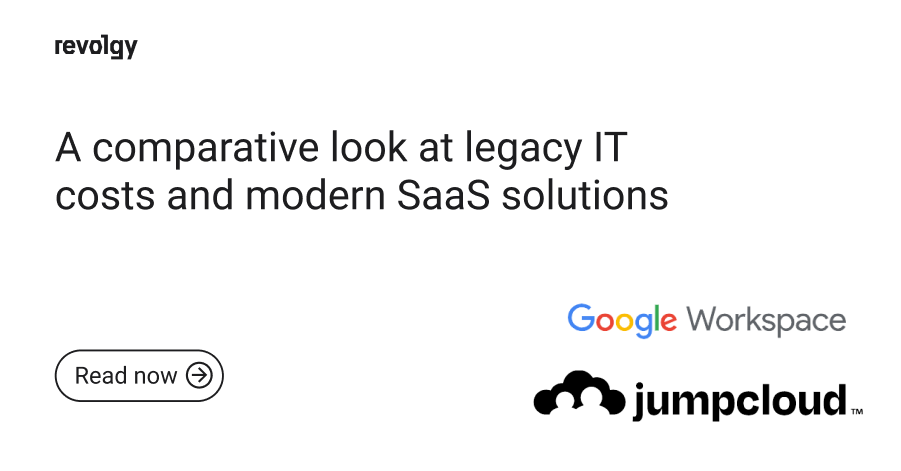Cloud Platform Services
The cost-saving power of cloud storage
The digital era has brought about remarkable changes in how businesses operate, and one of the most significant shifts has been the move from physical servers to cloud storage. This transformation is more than just a technological upgrade — it’s a cost-effective strategy that can save companies significant resources.
In this article, we’ll compare the costs associated with maintaining physical servers with the cost of utilizing cloud storage.
The hidden costs of physical servers
Physical servers may seem like a one-time investment, but they come with ongoing costs that can quickly add up. Let’s take a look at what these are:
- Purchase and installation: Buying a physical server requires a substantial upfront investment. Depending on the capacity, the costs can run into thousands of dollars. Then there are installation costs, including wiring and configuring the server to meet your business needs.
- Maintenance and upkeep: Physical servers require regular maintenance to run smoothly. This involves software updates, hardware checkups, and troubleshooting technical issues, all requiring dedicated IT staff.
- Energy costs: Servers need electricity to run and cooling to prevent overheating. Often overlooked energy costs can significantly increase the overall expenses associated with maintaining a physical server.
- Replacement costs: Servers, like any piece of hardware, have a finite lifespan. As they age, they become less reliable and eventually need replacement. This means you face a substantial expenditure every few years to replace aging hardware.
The cloud: a cost-effective alternative
Cloud storage presents a compelling alternative to the costs listed above. Instead of investing in physical servers, businesses can rent storage space from a cloud service provider. This transition offers several financial advantages:
- Pay-as-you-go model: With cloud storage, you pay for exactly what you use. Need more storage? You can scale up. Need less? You can scale down. This flexibility is a significant cost advantage compared to the fixed costs of physical servers.
- No maintenance costs: Maintenance and troubleshooting are handled by the cloud service provider, which means you don’t need a dedicated IT team to manage your servers.
- No energy costs: Cloud storage eliminates the energy costs associated with running and cooling physical servers.
- No replacement costs: Since you’re renting space, you don’t have to worry about replacing aging hardware. The cloud service provider handles all hardware-related issues.
Interested in knowing more about the cloud solutions Revolgy offers? Read our case study about how Enetel Solutions migrated to AWS. Find more case studies, articles, and podcasts on our website.
Conclusion
When we add up the costs and benefits, it’s clear that cloud storage is a cost-effective alternative to maintaining physical servers. It’s not just about saving money but also about enhancing business efficiency and agility.
The ability to scale up or down as needed and remove maintenance and replacement concerns allows businesses to focus on what they do best: serving their customers. If your company is still tied to the limitations of physical servers, it might be time to consider moving to the cloud.



